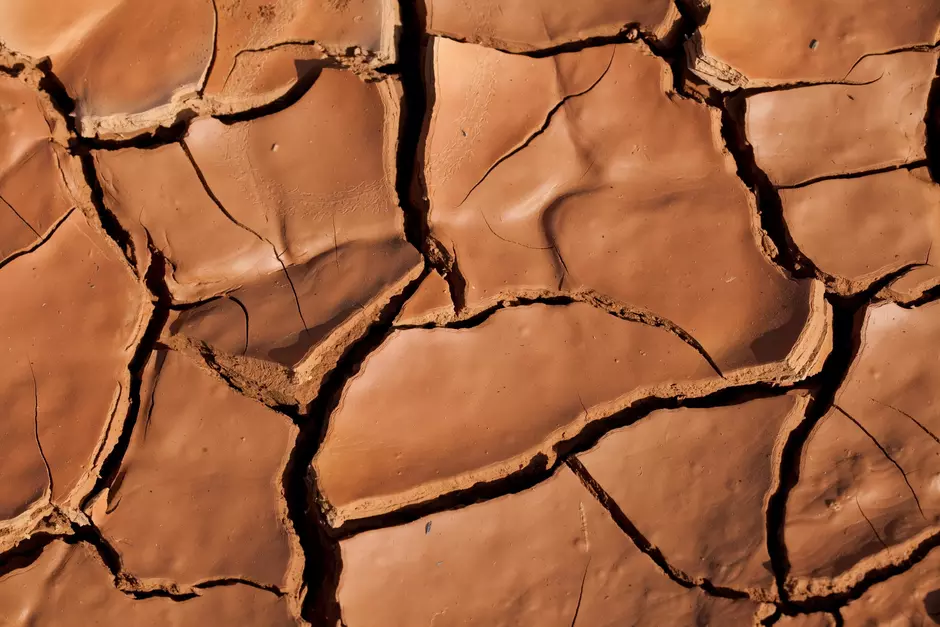Africa has been affected by several prolonged and extreme droughts. Drought has been found to facilitate cholera transmission through a variety of potential mechanisms. Charnley et al. discuss the drought-specific mechanisms that play a role in cholera outbreaks and the effects of climate change on future droughts and cholera outbreaks.
Africa has been affected by several prolonged and extreme droughts, causing food insecurity and human displacement. For populations with limited access to water, sanitation and hygiene (WASH) facilities, the consequences of drought conditions can increase the risk of infectious disease outbreaks, including cholera. In a recent review, Charnley et al. aimed to identify the drought-specific mechanisms that play a role in cholera outbreaks. They also discuss the effects of climate change on future droughts and cholera outbreaks, with the aim of informing drought response and resiliency plans (1).
Drought has been found to facilitate cholera outbreaks through a variety of potential mechanisms (1). The causal bacterium of cholera, Vibrio cholerae O1, is transmitted through ingestion of water or food contaminated with fecal matter from a cholera case (2). During a drought period, water scarcity can force people to consume water from unsafe sources and practice poor hygiene behaviors such as reduced handwashing, thereby increasing the risk of cholera transmission during an outbreak (1).

When drought causes food insecurity through crop failure, loss of livestock and subsequent famine, food is often cooked less to preserve fuel. The lack of available food also increases reliance on roadside food vendors, which are often poorly regulated and practice poor food hygiene behaviors. Both scenarios increase the risk of food-borne bacterial transmission. Furthermore, drought-induced famine also causes malnutrition, which results in decreased immune function and increased vulnerability to cholera and other infectious diseases (1).
Drought can also lead to human migration and displacement, which has been associated with cholera outbreaks due to the precarious living conditions and limited access to WASH infrastructure. The disruption of rural livelihoods also accelerates urban expansion, forcing people to seek work in urban areas, which increases the expansion of informal urban settlements. In informal urban settlements, access to safe water sources is often limited. In such contexts, wells are often unregulated and unprotected, rendering them vulnerable to bacterial contamination, while private wells dug by residents are often shallow (<1 m), which are easily contaminated by ground water and latrine overflow. Residents are often forced to improvise with often unsafe sources of drinking water. Urban planning should consider expanding water demand to reduce these risks (1).
Climate change may alter future precipitation, temperature and drought patterns, resulting in more extreme drought events. Spatial drought patterns and drought risk across Africa are also likely to evolve over time. El Niño Southern Oscillation has already altered due to climate change, and El Niño years may become more frequent and intense with climate change, potentially impacting drought frequency. Although future drought projections are uncertain, El Niño projections have predicted drier conditions over east and southern Africa due to increased variability in rainfall. In drought-stricken areas, poorer rural communities are often the worst hit, due to their reliance on agriculture and an inability to afford alternative safe water sources. Going forward, climate change will likely have a greater impact on poorer people, as they lack the resources to adapt to the changing environment. Increases in drought frequency and/or duration have the potential to increase cholera burden in the absence of countermeasures (e.g., improved WASH infrastructure) (1).
To reduce the impacts of drought, it is critical to alleviate population vulnerabilities before the hazard occurs, thereby enabling people to adapt better to a changing environment. This can be accomplished through enhanced WASH coverage and access to alternative sources of food. Government response and plans should be strengthened, and more work is needed to increase self-sufficiency among countries to support disaster prevention alongside rapid and targeted responses. Enhanced multi-country drought response plans and water agreements would enable better water management and resource sharing and rapid assistance during droughts and subsequent cholera outbreaks. Programs should be targeted based on assessments of population needs and identification of risk areas. Overall, public health and disaster risk reduction should reduce the implications of drought on cholera and alleviate the overall burden of the disease in Africa (1).
References
1. Charnley GEC, Kelman I, Murray KA. Drought-related cholera outbreaks in Africa and the implications for climate change : a narrative review. Pathog Glob Health [Internet]. 2021 ; 1–10. Available from : https://doi.org/10.1080/20477724.2021.1981716
2. Harris JB, Larocque RC, Qadri F, Ryan ET, Calderwood SB. Cholera. Lancet. 2012 ; 379:2466–76.
